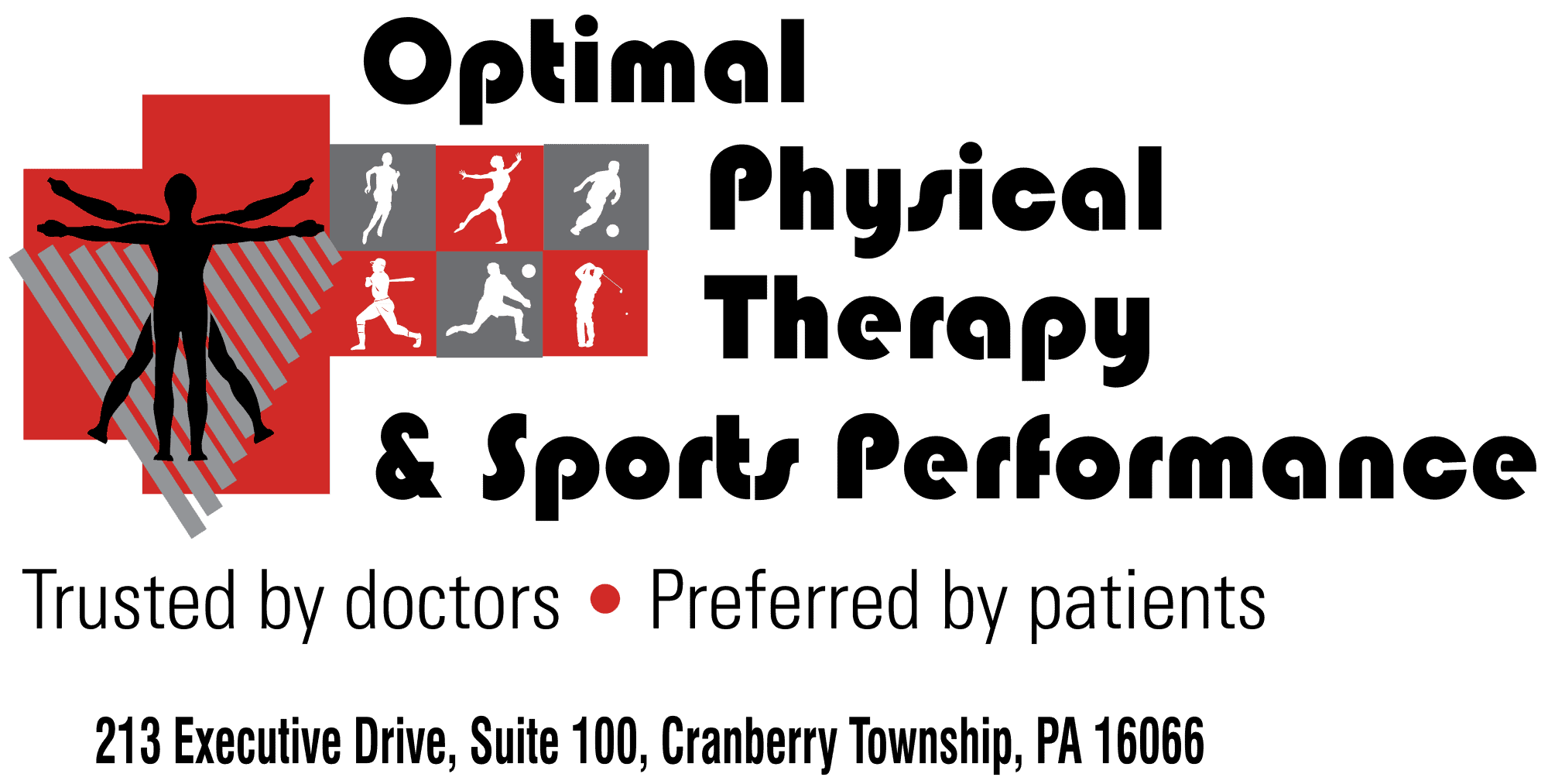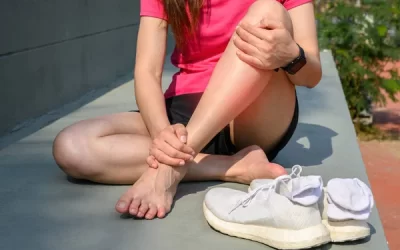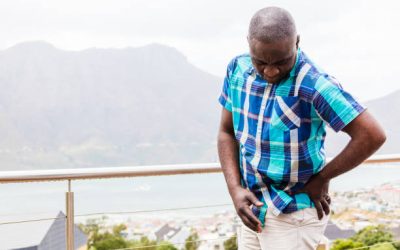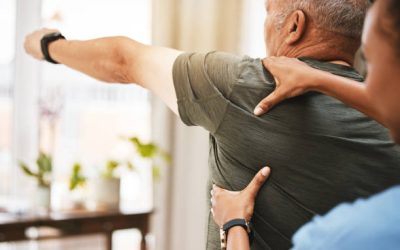Your Golf Clubs Are Ready for the Season, Are You?
By Patrick Sheehy, MS, PT
With the warm weather closely approaching Western Pennsylvania, golfers are anxiously cleaning their clubs and shoes in preparation for the first tee. For many of us, the equipment has maintained its playing capability over the winter months better than our bodies.
Millions of dollars are spent each year on golf equipment, with the hopes of a “quick fix“ for our performance flaws. Unfortunately, golfers often fail to recognize that their bodies are their most important “piece” of golf equipment. This article will focus on physical preparation for the golf season to enhance your performance.
Many of us enjoy the benefits of walking while playing golf. If you carry your own bag, use a caddie or trailer a manual cart, the average 18 hole course measures approximately 3 ½ miles. You had better plan to cover more miles than that if you stray from the fairways often and in this geographic area this leisurely stroll is rarely done on even terrain. Your cardiovascular and musculoskeletal systems will need to be ready to endure this 3 ½ – 5 hour activity or your performance will suffer from fatigue or even injury.
I encourage “walkers” to at least start a progressive walking program indoors or outdoors three weeks prior to attempting a 9 or 18 hole hike. The American College of Sports Medicine advises that people with chronic health problems, such as heart disease, diabetes, or obesity, or those who are at high risk for these problems, should first consult a physician before beginning a new program of physical activity. Also men over the age of 40 and women over the age of 50 who plan to begin a new vigorous physical activity program should consult a physician first to be sure they do not have heart disease or other health problems.
Adequate flexibility is the primary physical key to being able to perform the optimal swing. Stretching lengthens muscles, tendons, and joint capsules, and prepares them for the maximum joint range of motion. It also enhances the muscles’ ability to contract in the safest and most energy-efficient manner. Golfers often state that their professional golf instructors have been telling them to alter a certain movement pattern, such a making a better turn, but they cannot seem to do it. Movement restrictions are often caused by tightness of muscles and/or joints and unless you specifically stretch them, you will not be able to make the appropriate movement change. This can lead to swing pattern compensations and limit your ability to improve.
Off -season injuries and injuries that have lingered from last season can keep golfers off the course or performing at levels less than desired. Please call us if you are having a problem with participating in golf or training drills. Addressing a physical ailment when it is mild may lead to a faster recovery and fewer missed days on the golf course.
Below are some tips on how to reduce physical stress on your body while playing golf.
- Always stretch before practicing or playing to prepare the muscles and joints.
- Practice rounds should consist of hitting the following clubs in this order:
- Short irons 2. Middle irons 3. Long irons 4. Woods (driver last)
Keep in mind that you hit your wedges more often than your woods during a typical round so practice this way. Do not to forget to spend time on the practice putting green.
- When returning from an injury, practice chipping and putting early on and progress as described above. If you are unable to take full swings yet, practice from your tolerable range. Once you tolerate playing from 150 yards and in, rejoin your golfing group but drop a ball at the 150 yard marker and play from there. This allows you to socialize while you safely return to your game.
- Consider riding a cart if you have low back, leg or cardiopulmonary problems. Try alternating walking and riding every other hole with your partner to get some exercise. Also use shorter spikes in your golf shoes. The longer the spikes the more fixed your feet are to the ground which will transfer stress up through your legs and back. Most courses want (or require) you to use plastic opposed to metal spikes so that should help.
- If using a hand (manual) cart, push the cart in front of your body instead of pulling it behind you. This eliminates the twisting position of your spine and uneven stress on the rest of your body.
- Relatively inexpensive braces can often help problems of the elbow, wrist, low back, knee and ankle.
- For long-term elbow, forearm, wrist or hand injuries that do not tolerate vibration forces, graphite-shafted clubs may be more comfortable. Before going through the expense of changing from steel to graphite shafts, try playing with some to see if they are truly less painful. Thicker diameter grips are available and help those with arthritic hands. Have one club re-gripped with the larger diameter grip and see if it feels better before changing all your clubs.
Please contact Optimal Physical Therapy and Sports Performance in Cranberry Twp., PA at 724-779-1300 if you have any questions or would like a free telephone consultation on our proven golf enhancement program. We specialize in detecting and correcting the physical limitations that are causing your golf swing compensations.
Patrick Sheehy, MS, PT has 32 years of experience in Sports Medicine and has a Masters of Science Degree in Orthopedic Physical Therapy. He has helped 13 local golf pros and many amateurs enhance their performance on the golf course.



